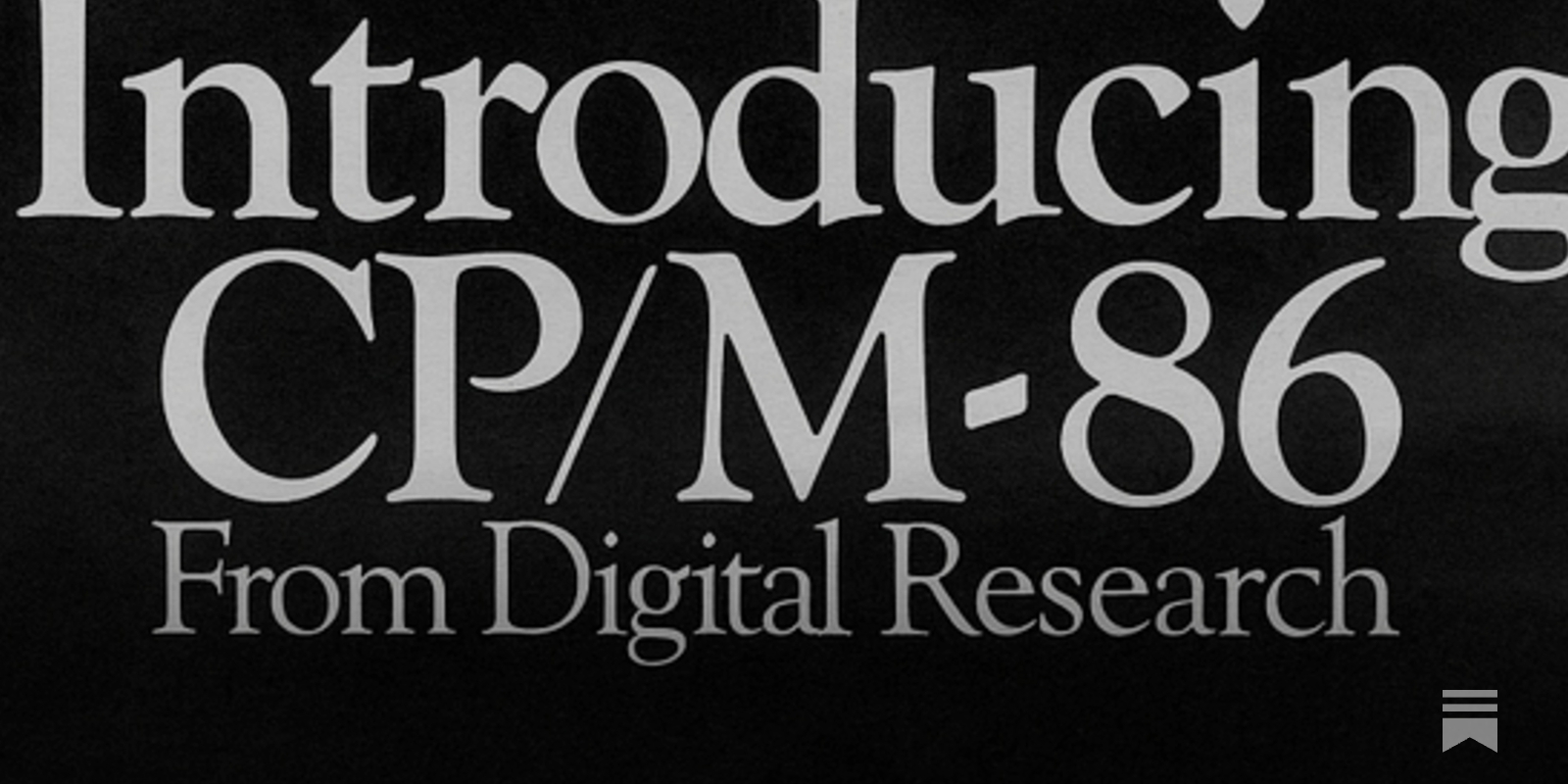Wee! I wrote a window manager for MP/M, four windows in the screen, dynamically resizeable, while program(s) are running.
Windows are virtually 24x80 "Heath H19" compatible, up to 30 x 90, so cursor ("curses") format windows shrunk to smallest visible, if dragged full size, draw the off-screen portions. Programs can be writing to the screen while resizing, the "VGA device" does the work.
The bottom line of each command line interpreter, I call the "hotspot", is always visible in a window; portions of the window larger than the box are virtually present, just not displayed.
The Z80 running MP/M or CP/M sees the screen as IO ports; one to write data to, one to specify the window. Magic keyboard keys (Fkeys) switch windows (MP/M: assigns keyboard to task window), arrow keys drag the "cursor" to resize all four at once, another key "maximizes" current screen (make largest; make 24x80; make tiny).
Lol, the cursor decided to not display for the video, there' still bugs to shake out etc.
You can resize the VGA display (480x640 to 1024x768) with program(s) running, and everything does exactly what you would expect. Can't do that with Xorg! Not that that's useful, lol, but the window buffering came out super clean.
This is event driven/task loop programming taken all the way; none of this is interrupt driven, it's all non-blocking task loops. Average task loop time (running through all dozen main tasks) is 5 - 10 uS, worst case 55 or so mS (large screen scrolling). I may unwind scrolling and drop that to a millisec or so but there's no downside I can determine.
MP/M will have four tasks, four "seats". on window per, and 48K per user/task, four running at once (and only four). MP/M performance will be very nice. Got the XIOS written, soon to test it...
#CP/M #cpm #mpm#MP/M #retrocomputing #z80





